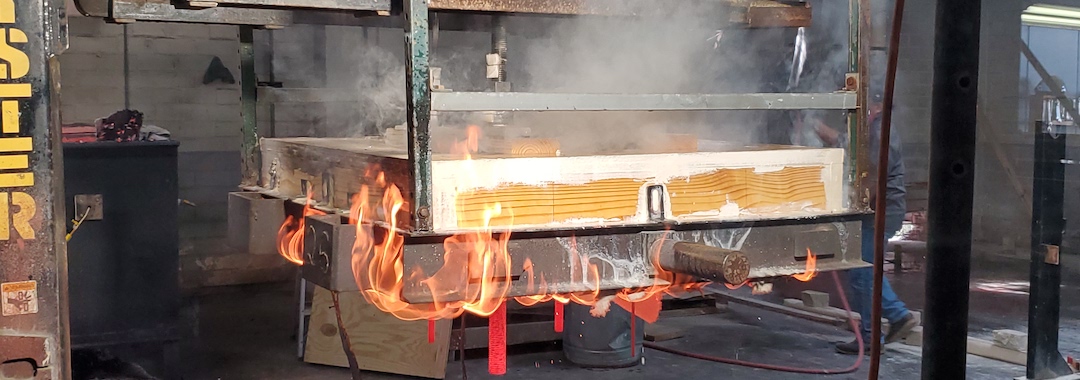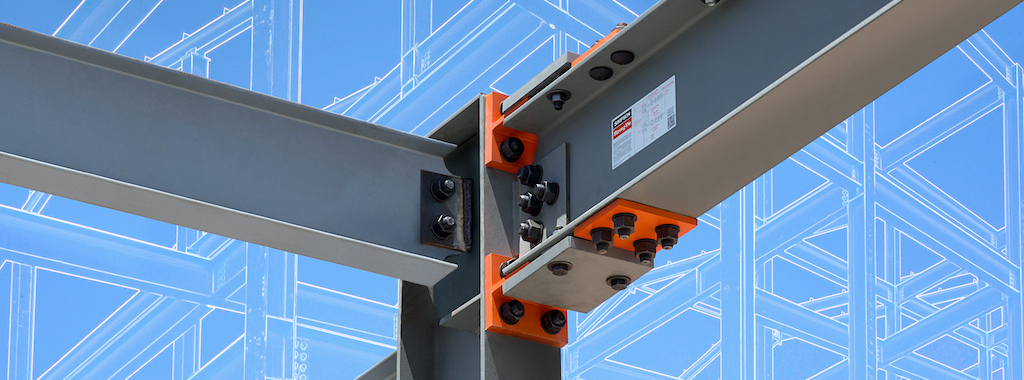Whether you’re designing and building a one- or two-story single-family residence, or doing the same for a multifamily, mid-rise wood-frame structure, fire and smoke protection features must be considered, and in most cases are required. When a fire starts, time is of the essence and the longer the flame and gases can be contained and the spread of the fire to adjacent spaces is kept in check, the greater the chance firefighters and first responders will have to defeat the blaze. Though many building jurisdictions have slightly different requirements and provisions, the three primary modes of fire rating that codes consider are an F-rating (flame), a T-rating (temperature rise), and an L-rating (air or gas leakage). The F and T ratings are gauged on a resistance per hour basis and the L rating is based on a rating of air leakage in cubic feet per minute per square foot of opening, or CFM/sq.ft. These ratings and provisions are in place to help safeguard against the spread of fire and smoke within the immediate structure as well as to contain the spread of fire to other structures.
Tag: lateral systems
Get Plugged Into Structural Steel Designs With Yield-Link Plugin Tools
With the introduction of the Simpson Strong-Tie Yield-Link® moment connection for steel construction, the engineering and software development teams at Simpson Strong-Tie created multiple design tools to support users in their specification of the Yield-Link technology. These tools range from a connection modeling guide and plugins for designers to detailing software add-ins for detailers. Below is a brief introduction to these tools for the different trades.


